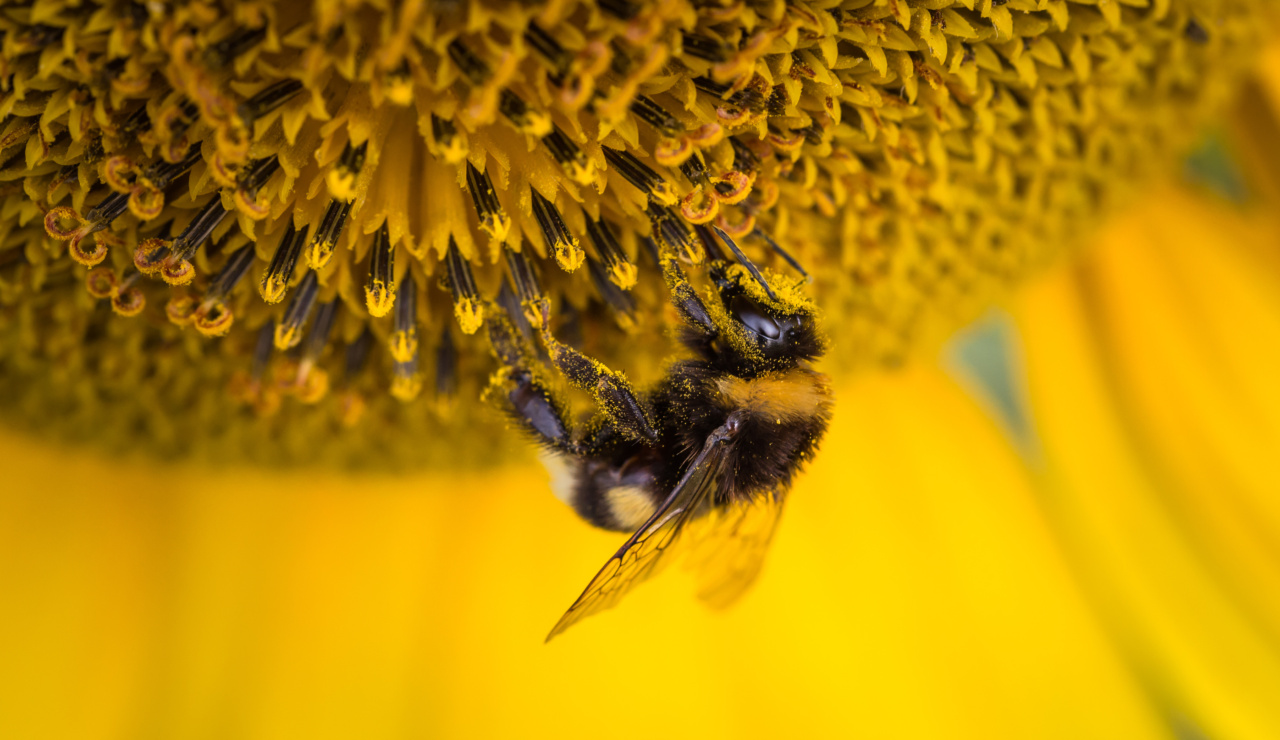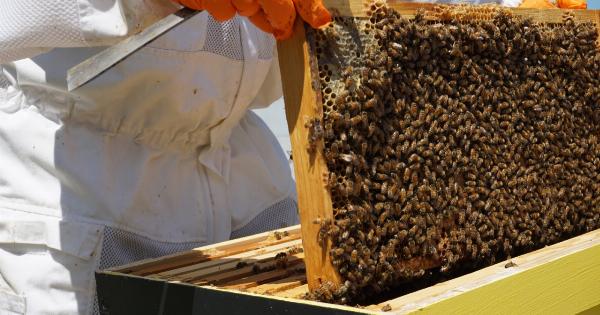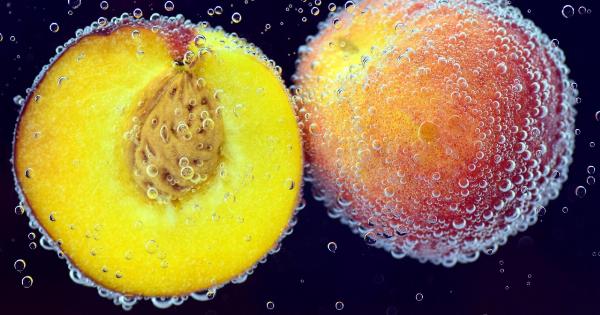Bees gather nectar and pollen from various flowers to produce honey, a natural sweetener enjoyed by people all over the world. However, the composition of honey can be influenced by multiple factors, including the presence of modified pollen.
This article provides an overview of modified pollen in honey samples, exploring its causes, implications, and potential impact on human health.
1. What is Modified Pollen?
Modified pollen refers to pollen grains that have undergone physical, chemical, or genetic changes. These modifications can occur naturally or as a result of human activities, such as the use of pesticides or genetic engineering.
Modified pollen can differ in terms of size, shape, color, and protein content.
2. Factors Affecting Pollen Modification
The presence of modified pollen in honey samples can be influenced by various factors, including:.
- Genetic Engineering: Genetically modified crops can produce pollen with altered characteristics, potentially leading to modified pollen in honey.
- Pesticide Use: The use of pesticides in agriculture can introduce chemicals that may modify pollen grains.
- Environmental Contamination: Pollutants and toxins in the environment can affect pollen composition.
- Cross-Pollination: Cross-pollination between genetically modified and non-genetically modified plants can result in modified pollen grains.
3. Detection Methods for Modified Pollen
Several techniques are used to detect and analyze modified pollen in honey samples. These include:.
- Microscopic Examination: Pollen grains can be observed under a microscope to identify any morphological changes.
- Protein Analysis: Protein profiling can be conducted to compare the protein content of modified and unmodified pollen.
- Genetic Testing: DNA-based methods can identify specific genetic modifications in pollen.
- Chemical Analysis: Chemical analysis can detect the presence of pesticides or other chemicals that may have modified the pollen grains.
4. Implications for Honey Quality
The presence of modified pollen in honey samples raises concerns about the overall quality of the honey. While honey production and processing regulations vary across countries, many aim to ensure the purity and integrity of honey.
The presence of modified pollen may compromise the authenticity and natural properties of honey, potentially impacting its taste, nutritional composition, and beneficial properties.
5. Potential Health Implications
The impact of consuming honey containing modified pollen on human health is still under investigation. Some studies suggest that modified pollen may trigger allergies or other adverse reactions in susceptible individuals.
However, more research is needed to fully understand the potential health implications of consuming honey with modified pollen.
6. Regulatory Measures and Labeling
Regulatory authorities in some countries have established guidelines and regulations regarding the labeling of honey products that may contain modified pollen.
These measures aim to provide consumers with information about the presence of modified pollen in honey and enable them to make informed choices.
7. Ensuring Honey Purity and Authenticity
To ensure the purity and authenticity of honey, various initiatives and certifications exist, such as organic honey certification.
These initiatives prioritize the cultivation of honey from non-modified sources and promote sustainable and environmentally friendly beekeeping practices.
8. Consumer Awareness and Education
Increasing consumer awareness and education about the presence of modified pollen in honey can empower individuals to make informed purchasing decisions.
By understanding the potential implications of consuming honey with modified pollen, consumers can choose products that align with their preferences and values.
9. Future Research Directions
Further research is necessary to explore the long-term effects of consuming honey with modified pollen and to develop standardized methods for detecting and quantifying modified pollen in different honey samples.
This research will contribute to a better understanding of the impact of modified pollen on honey quality and its potential implications for human health.
10. Conclusion
The presence of modified pollen in honey samples is a complex issue with implications for honey quality, consumer choices, and human health.
Understanding the causes, detection methods, and potential health implications of modified pollen is crucial in ensuring the purity, authenticity, and beneficial properties of honey.






























